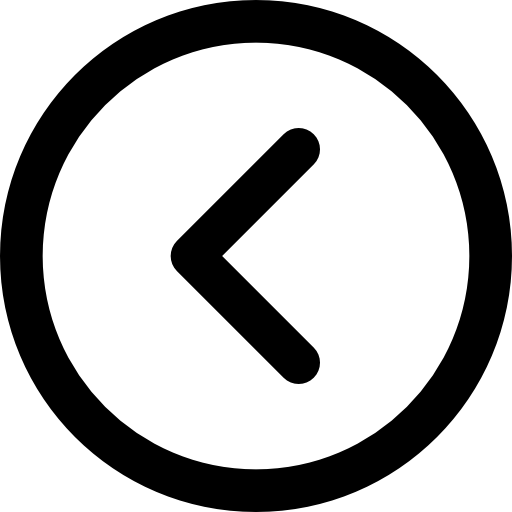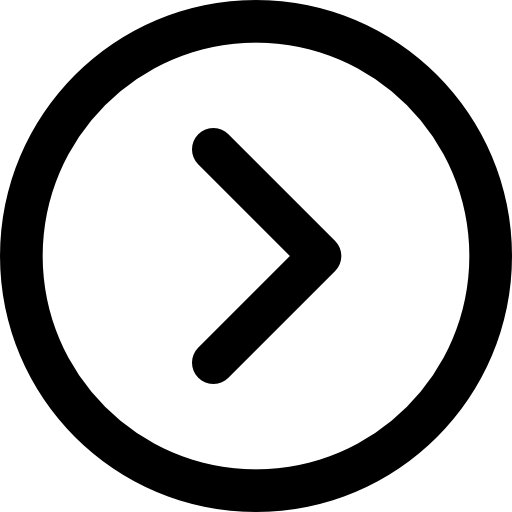All Events
Charles II lands at Dover and is given a warm welcome in London four days later
The berlin, developed in Berlin, becomes the most successful carriage of the seventeenth century
Louis XIV grants New France the status of a royal province and greatly increases the flow of colonists to north America
Sweden wins the province of Skåne from Denmark, thus acquiring an unbroken stretch of Baltic coastline from Göteborg to Riga
The Act of Indemnity, pardoning all offences since 1637 except those of the regicides, is given the royal assent
John Bunyan is arrested for preaching without a licence
John Bunyan is convicted of unlicensed preaching and spends the next eleven years in Bedford Gaol
The body of Oliver Cromwell is hanged, drawn and quartered at Tyburn
York House is bought by Edward Hyde, Earl of Clarendon, Lord Chancellor to Charles II.
The Cavalier Parliament begins to pass a series of acts, known as the Clarendon Code, containing punitive measures against Presbyterians
Italian doctor Marcello Malpighi discovers the capillaries, thus completing the evidence for the circulation of the blood
The British establish Fort James on an island in the Gambia river
A banker in Sweden, Johan Palmstruch, issues Europe's first paper currency, on behalf of the Stockholm Banco

Louis XIV establishes a royal dancing academy and soon follows it with a music academy
The Long Water at Hampton Court (3800 ft long), supplied by the Longford River, is constructed flanked by avenues of Dutch limes aligned on the Queen's Drawing Room and a semi-circular canal at the East Front
British chemist Robert Boyle defines the inverse relationship between pressure and volume in any gas (subsequently known as Boyle's Law)
Jean-Baptiste Colbert buys the Gobelin family workshops in Paris and transforms them into a royal factory for Louis XIV
The Act of Uniformity demands that Anglican clergy accept all the Thirty-Nine Articles, costing many their livings
An academy of English scientists is given a royal charter by Charles II and becomes the Royal Society
Bushy House is built by Edward Proger, in the royal enclosure now known as Bushy Park, by order of Charles II
Colbert founds East India and West India companies to ensure a supply of raw materials for France's factories
Louis XIV commissions a well-established team of designers to provide him with a spectacular palace and garden at Versailles
The Conventicle Act restricts worship in England to Anglican churches if more than a few people are present
Peter Stuyvesant accepts the reality of the military situation and yields New Amsterdam to the British without a shot being fired
Robert Hooke publishes Micrographia, in which he coins the word 'cell' because the living components of plants seen through his microscope remind him of monks' cells







